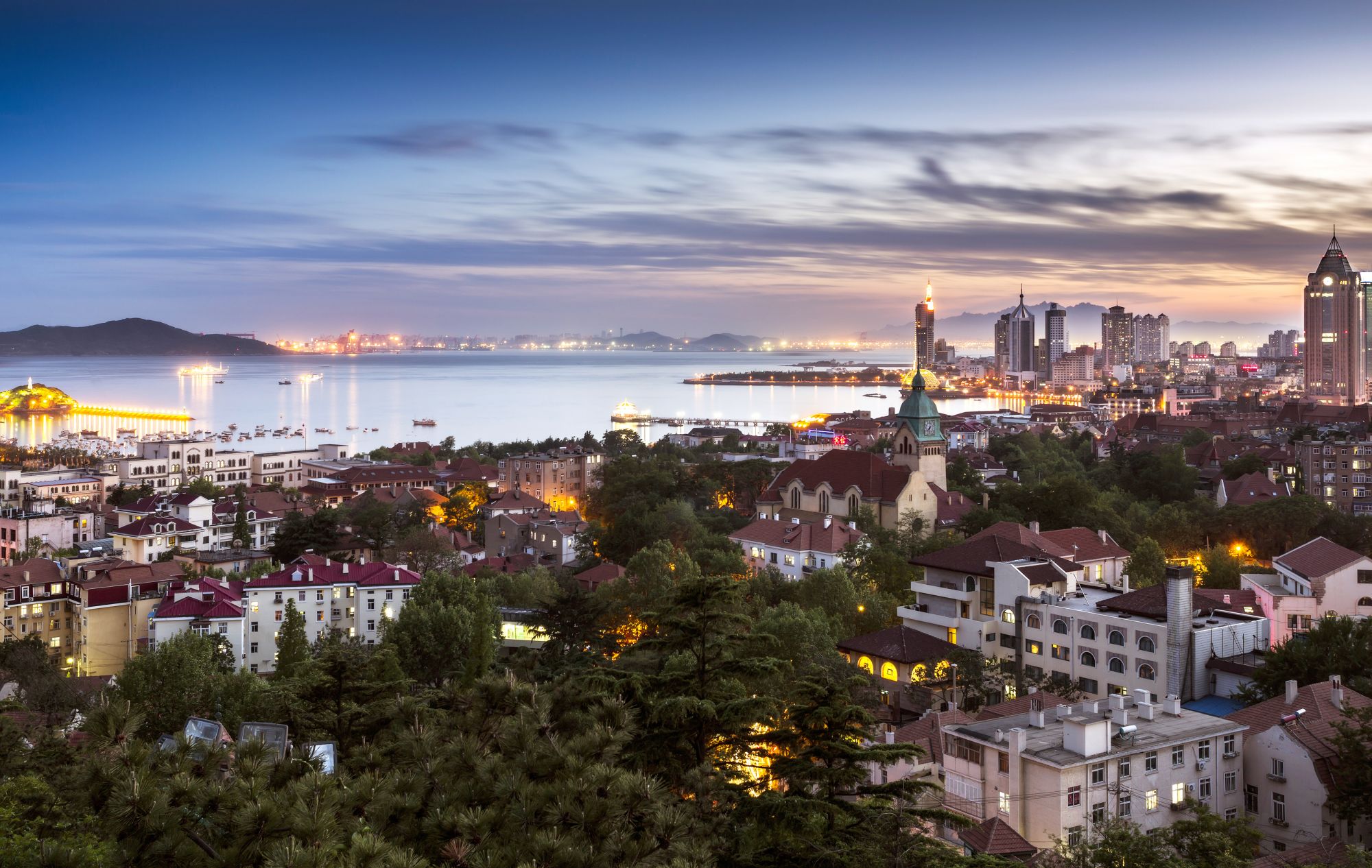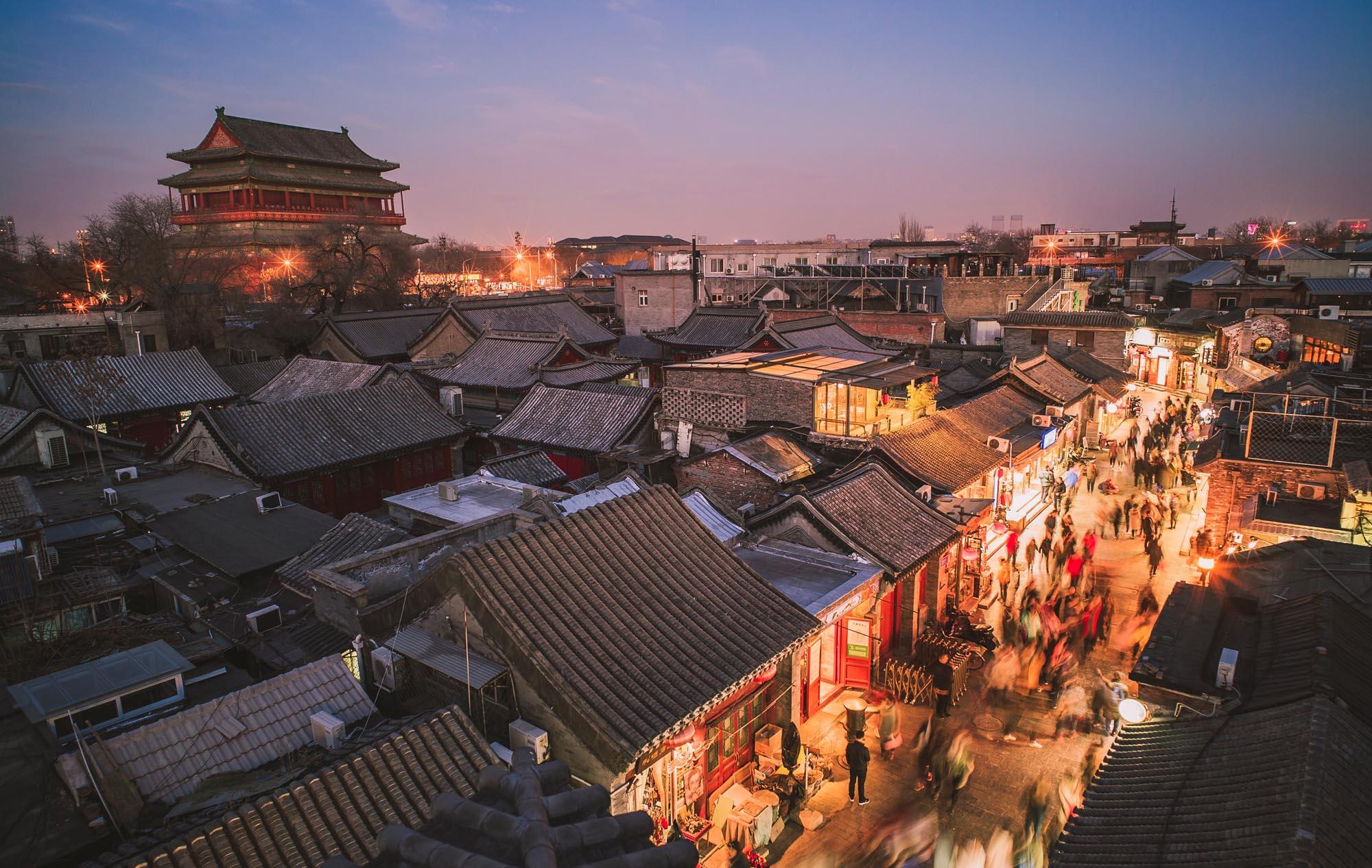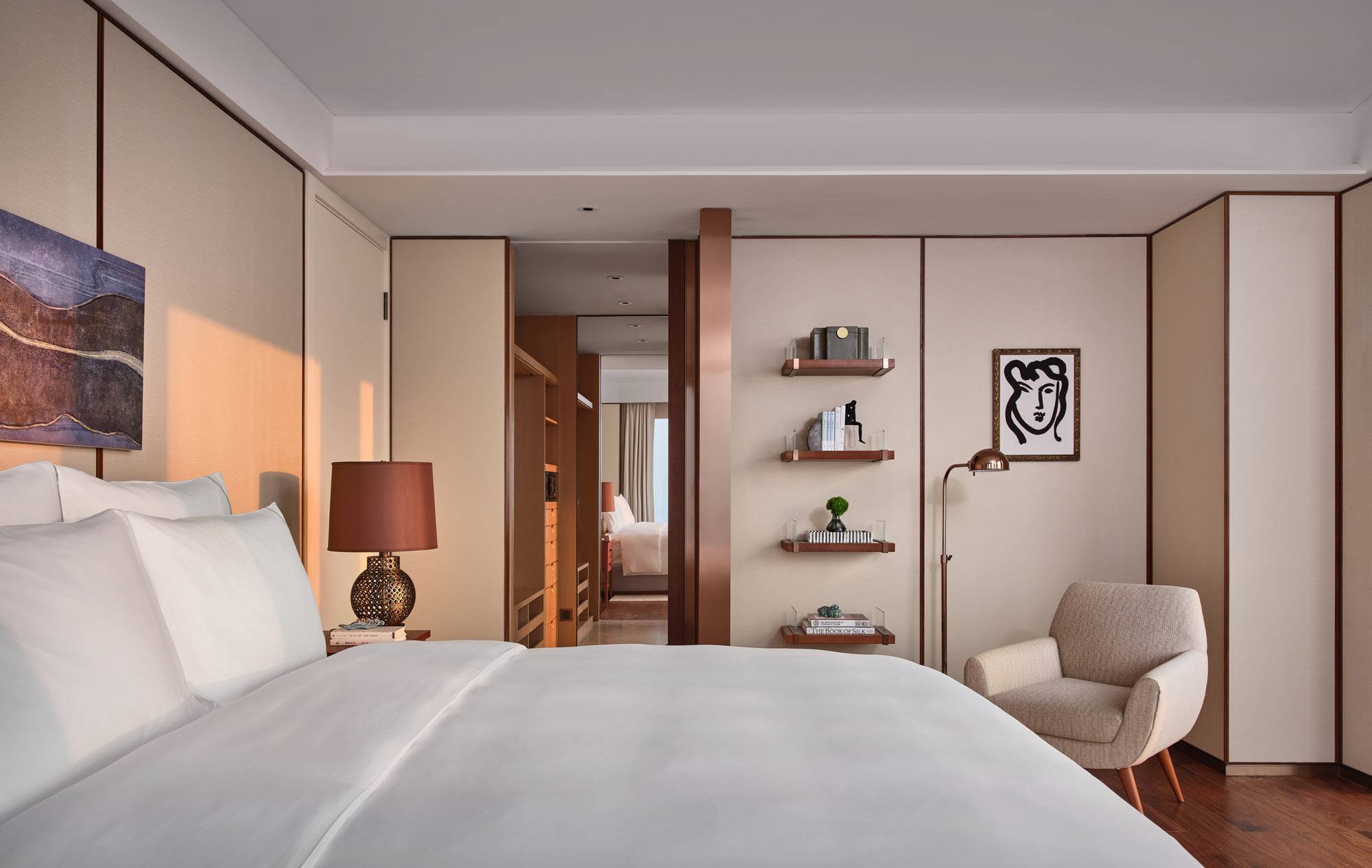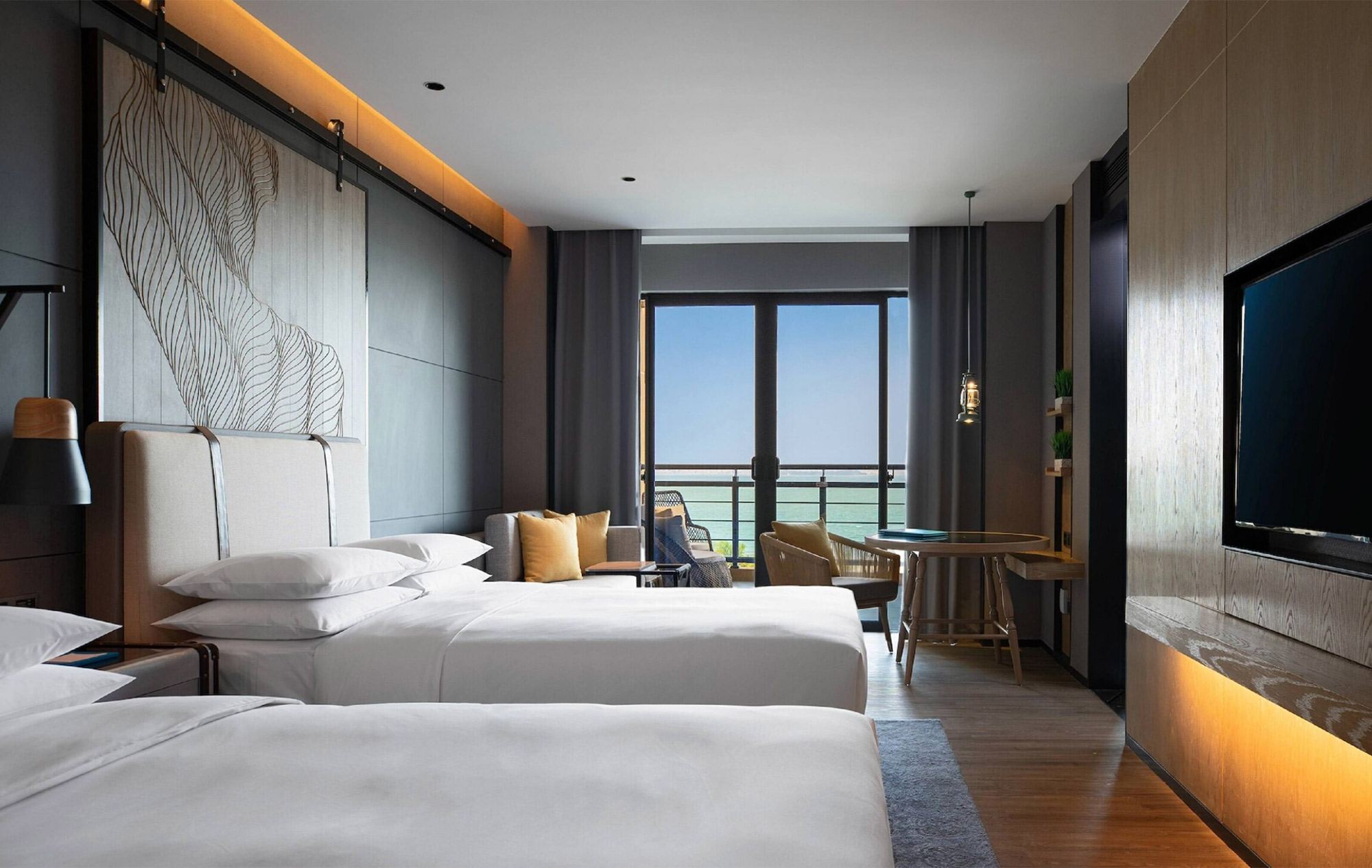Tucked between Beijing and Shanghai, Shandong province hasn’t always featured highly on lists of China’s must-sees. Yet the province is a treasure chest of history, and in recent years has given itself a makeover that’s turned it into one of the country’s more intriguing destinations. Explore everything from fabled mountains to modern culture with this guide to Shandong.
The Yellow river, the well from which Chinese civilisation sprang, glides serenely past Jinan, the provincial capital. That’s no different today. As glassy skyscrapers go up in Jinan (including a 518-metre supertall designed by British architect Terry Farrell), old warehouses and factories are becoming art and cultural spaces.
Okay, the fact that currently Jinan’s most famous sight is essentially a bubbling fishpond might make you consider skipping the city for now, but actually, Baotu Spring, one of around 70 active artesian wells around the city, is rather lovely. Qing-era pavilions skirt crystal-clear pools alive with darting carp, into which a trio of springs cascade year-round. Depending on the seasons, the intensity changes (though the water remains a constant 17°C) – after the summer rains Baotu spurts several feet into the air. For locals, it’s mandatory to line up and fill your kettle at gushing lion-head spouts: the water is said to make the best tea.

But trace the spring to its source in the foothills of the Taishan range, and Shandong’s best-kept secrets start to unfold. Mount Tai is the holiest of China’s five sacred Taoist peaks. At only 1,532 metres high, it might not sound all that impressive, but the Unesco World Heritage-listed mountain lords it up over the level Shandong plain so that it’s easy to grasp its spiritual allure.

And allure it has in spades. Everyone who’s anyone has climbed it: China’s First Emperor of Terracotta Warriors fame, Mao Zedong and dozens of emperors in between. Naturally, none of them could resist leaving their mark on the mountain for posterity. There’s cliff-face calligraphy, temples, ancient cypresses and religious relics at every turn. To hike up Mount Tai’s 6,293 steps is to journey right the way through China’s storied, illustrious past. Unless, of course, you use the cable car.
It’s not just Taoism that has shaped and been shaped by Shandong. Buddhist temples south of Jinan were once the most important in China. One of these is Lingyan Temple, in some quiet hills outside the city, where sandalwood trees sprout from ancient stone and a 1,000-year-old pagoda rises above the valley.
The one to see, however, is the Thousand Buddha Hall, with its enthralling cast of 40 luohan (Buddhist Arhat) figures seated around the chamber. Unerringly lifelike, each monk is distinct, from facial features to the folds of their robes.

Dating back to the Song dynasty, these are considered some of the finest religious sculptures in China. Even more remarkable, when researchers cracked one of the life-sized statues open they found a full set of internal organs inside, made out of stuffed silk.
While we’re ticking off the belief systems, here’s another: Confucianism. Girdled by a Ming dynasty wall, the sleepy Shandong town of Qufu contains within it the history and legacy of China’s foremost philosopher and spiritual thinker, Kong Fu Zi – known to the English-speaking world as Confucius. The Great Sage lived and worked here 500 years before Christ, and his philosophies have since come to define what it is to be Chinese.
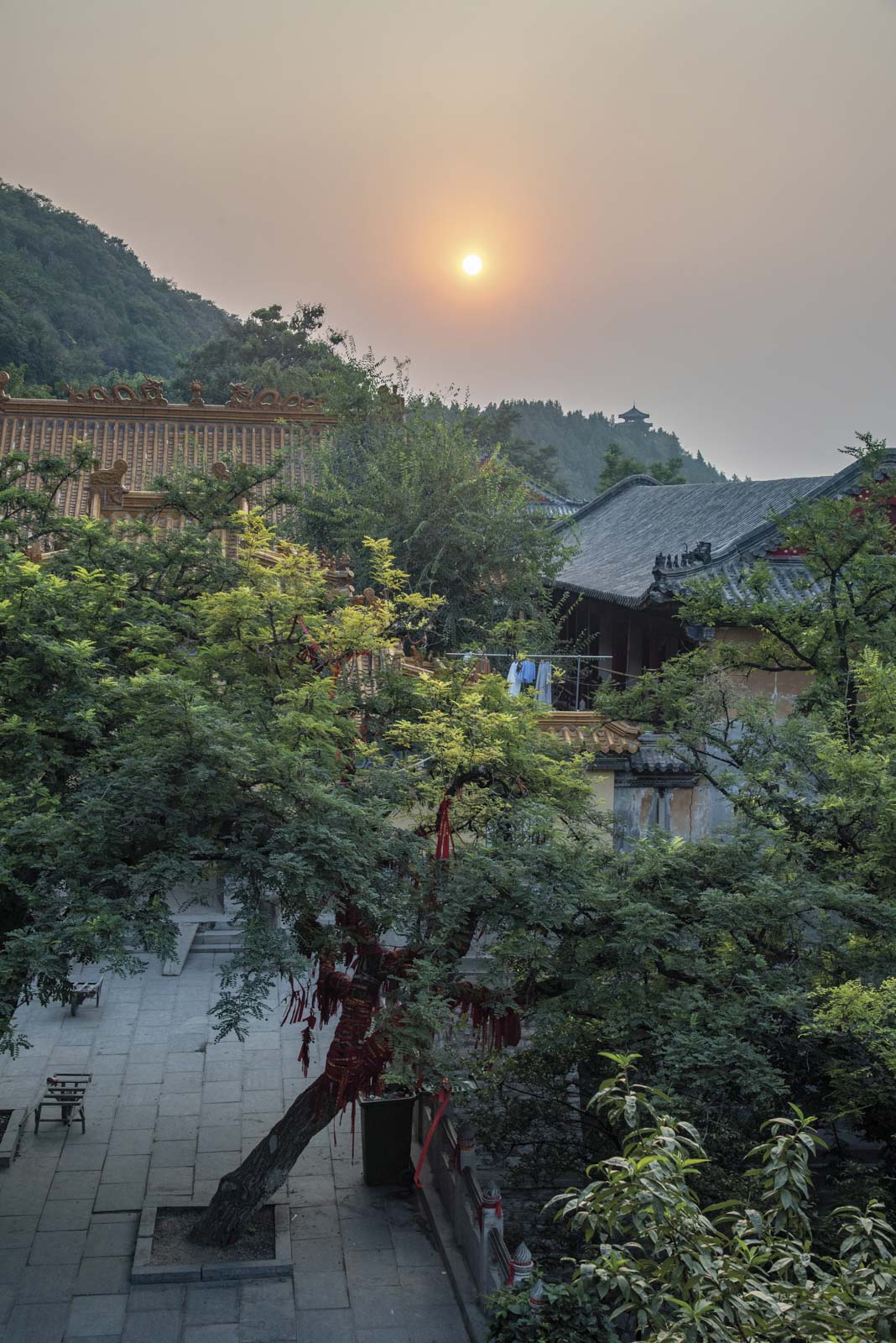
Just 40 minutes south of Jinan by high-speed train, Qufu is within easy reach for a pilgrimage; most of the faithful make a beeline for the Unesco World Heritage-listed Temple of Confucius. Centuries of reverence for the sage have caused the continual restoration and expansion of this Ming dynasty complex, and it’s now one of the largest in China, bearing a close resemblance to the architectural symmetry of Beijing’s Forbidden City, but built almost a century later. At its heart, Dacheng Hall rises up 30 metres high, supported by enormous pillars carved with writhing dragons. To its front is the grand Apricot Platform, thought to be where Confucius preached beneath an apricot tree.
Wandering the immense Kong Family Mansion and its ornamental gardens, you get a sense of the material wealth of Confucius over the generations just as much as the spiritual wealth.
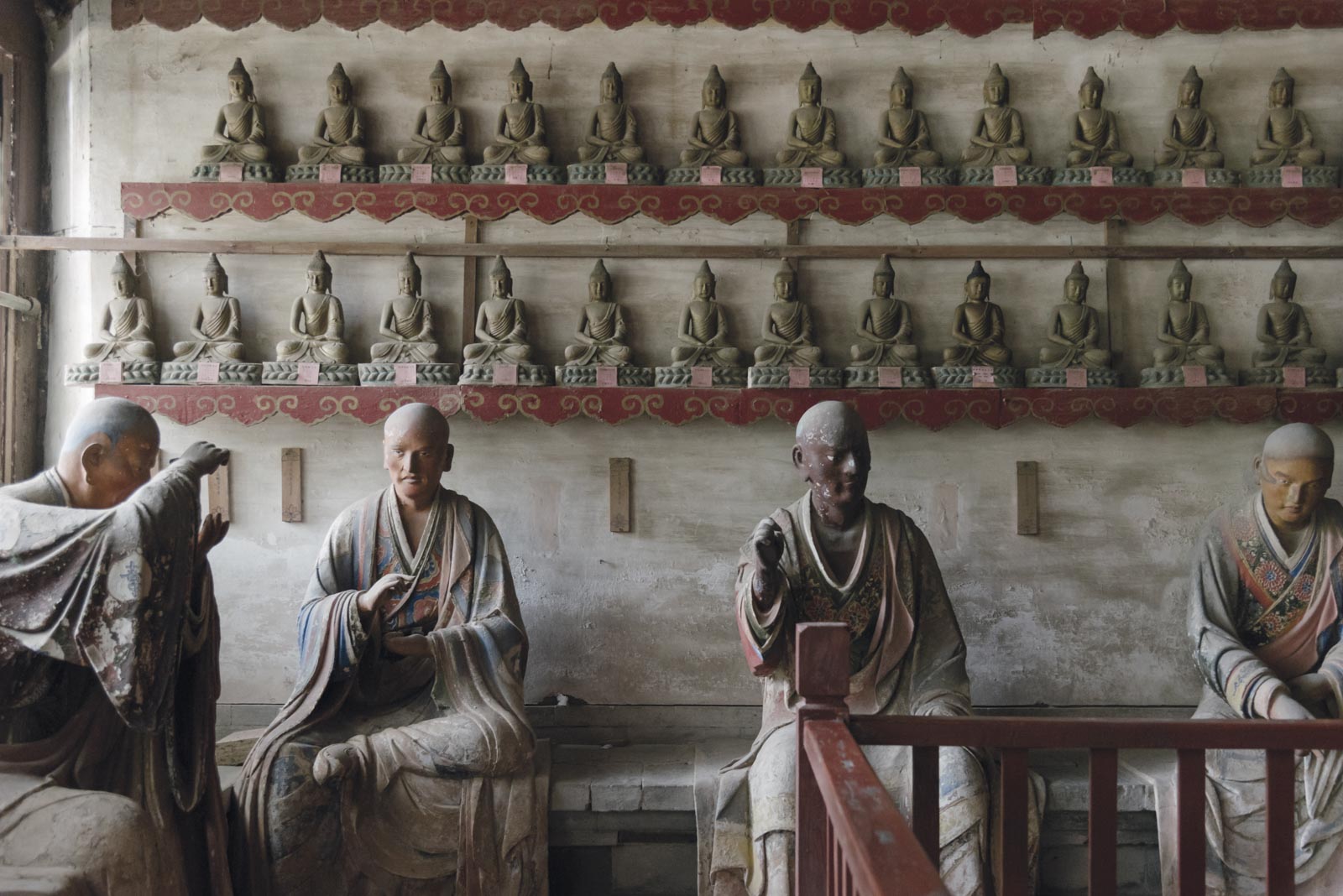
While much of Shandong was transmogrified by the advent of the high-speed rail network – which apart from igniting a tourism boom, allowed commuters to flit between home and far-distant office – nowhere changed quite as much as the seaside city of Qingdao. A German concession port in the early years of the 20th century, later a holiday spot much favoured by Mao Zedong, who liked to swim off Number Two Beach, it took a step upmarket with the opening of The Lalu in 2014. Designed by the Australian architect Kerry Hill, the strikingly modernist hotel’s suites, villas, spa and restaurants overlook the ocean. The Lalu declared that Qingdao was gliding away from the past.
Other parts of the city soon followed. The Fang Suo Commune is one of those contemporary bookshops that’s as much social club as library. As well as the drinks, clothing, gadgets and homeware you can buy, the shop also regularly hosts talks by artists, painters and writers.
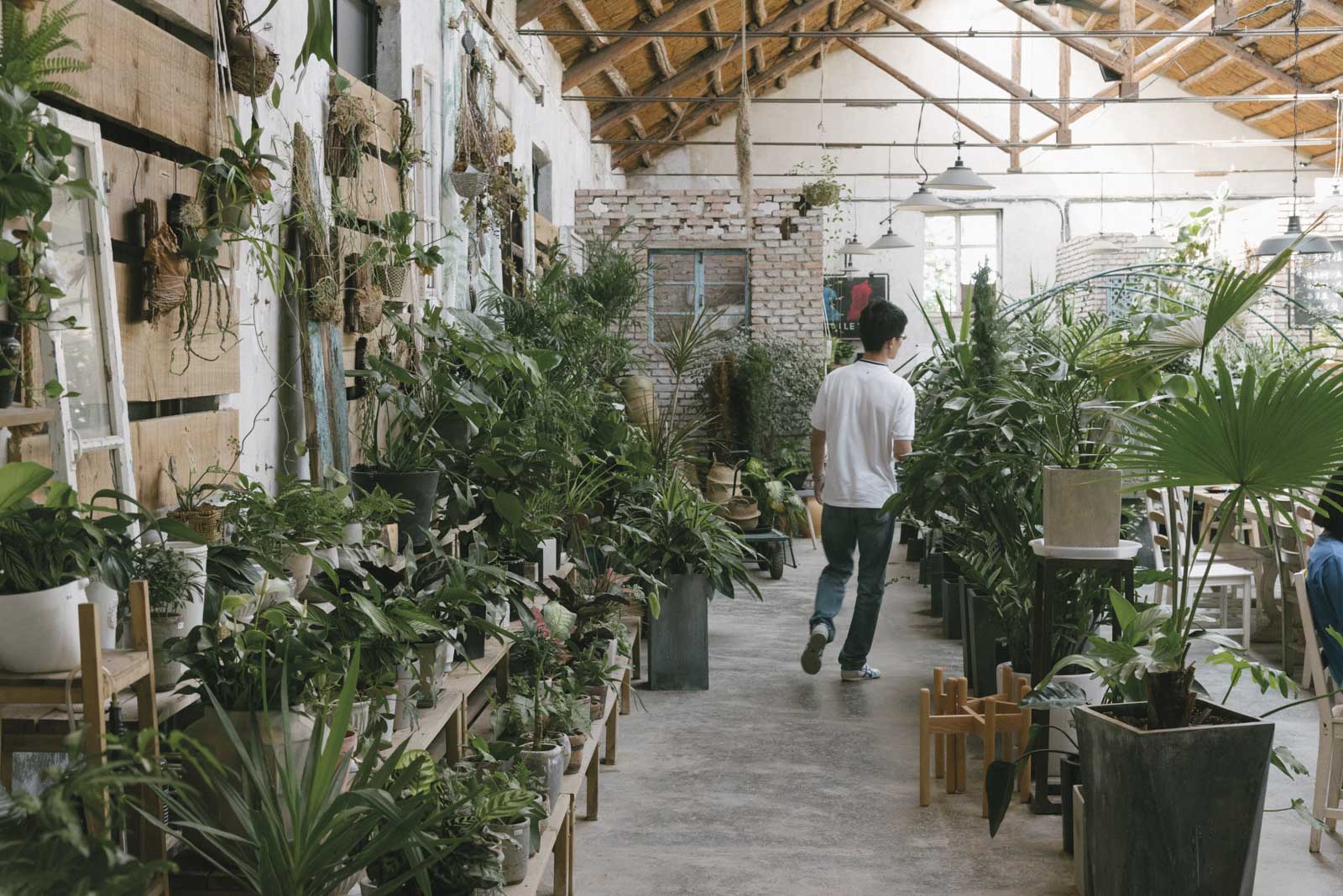
There’s the 1907 Movie Club, once a club for German sailors, now the city’s hub for all things celluloid, its colonial exterior thoughtfully restored and its interior given over to art exhibitions, a film museum, screening rooms and a cafe replete with flat whites and antique cameras.
For many years, the Governor’s Mansion, a solid granite, red-tiled edifice built in the early 20th century, was a fusty hotel, trading on its heritage and not much else. It’s now a museum, with a well-interpreted display of the city’s history that’s augmented by curiosities that have stood the test of time such as a jade fireplace.

Another legacy of Germany’s brief stay in Qingdao, the Tsingtao brewery, has made a name for itself in bars around the world. Its owners have since opened a number of 1903 bars downtown, pulling in the young and the thirsty with a mixture of crisp decor, live music and swift-flowing amber nectar. And it’s not just beer that’s pulling in Qingdao’s punters. FishCoffeer, set up by barista-turned-entrepreneur Zhang Rong, is riding the artisanal coffee boom, with beans sourced directly from producers in South America roasted on the premises.
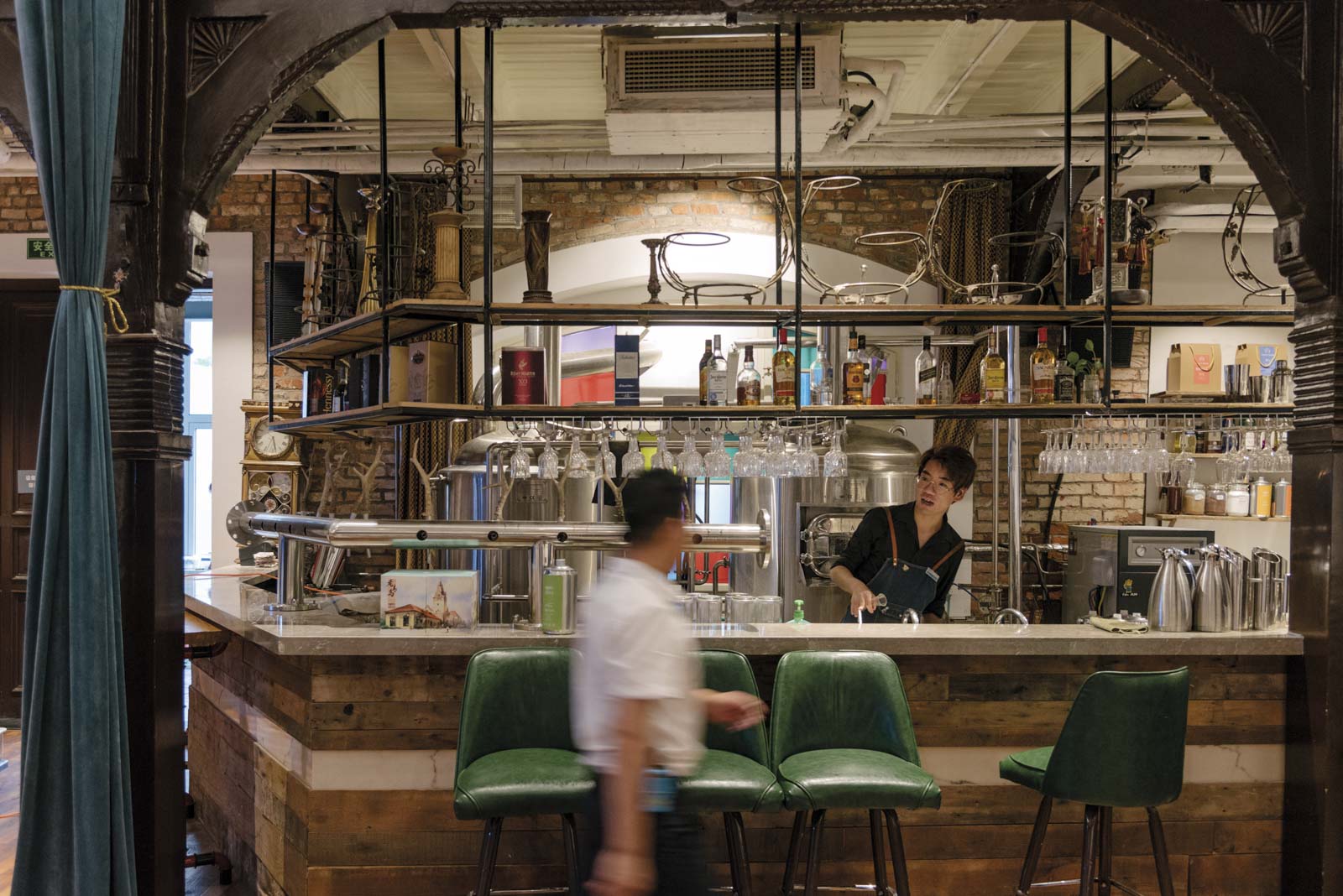
Shandong is pretty happy with what it has: one mountain, one river, one sage, as the local saying goes. Add a whole new vibe, and you’ve got four reasons to visit.
This story was originally published in October 2018 and updated in September 2020



